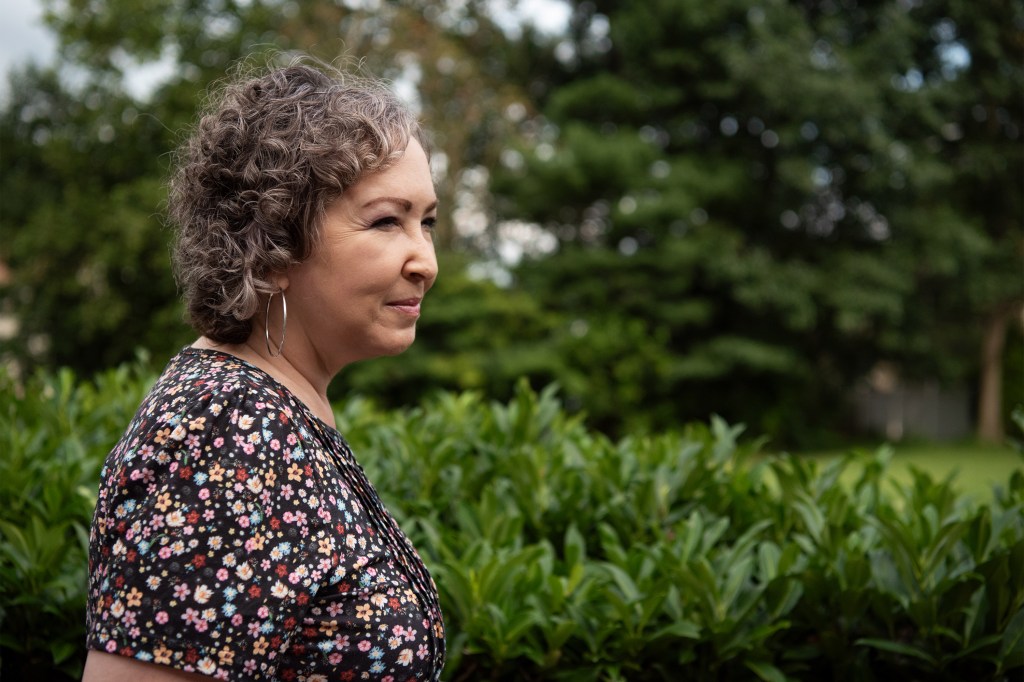— Without biomarkers, primary care doctors correctly identified Alzheimer’s in about 55% of cases
by
Judy George, Deputy Managing Editor, MedPage Today
July 21, 2023
AMSTERDAM — A blood test may improve the accuracy of Alzheimer’s diagnoses in primary care, data from the BioFINDER Primary Care study suggested.
Primary care physicians correctly identified the presence of Alzheimer’s-related changes or correctly diagnosed Alzheimer’s disease in approximately 55% of cases without blood biomarker results, reported Sebastian Palmqvist, MD, PhD, of Lund University in Sweden, in a presentation at the annual Alzheimer’s Association International Conference. A blood-based biomarker test correctly identified Alzheimer’s in more than 85% of cases.
Without blood tests, primary care physicians proposed treatment plans that led to 50% of true Alzheimer’s cases not receiving symptomatic treatment, and 30% of non-Alzheimer’s cases incorrectly receiving symptomatic Alzheimer’s treatment.
“This is not because they’re bad clinicians; they don’t have the right tools,” Palmqvist pointed out.
“They’re aware of that because when we asked them ‘how certain are you that the diagnosis is correct, from 0 to 100,’ the mean value was slightly below 50,” he said. “They are fully aware they do not have the right tools to do this job.”
The BioFINDER Primary Care study is the first to compare blood-based Alzheimer’s biomarkers with primary care diagnoses. The study evaluated 307 older adults with cognitive complaints who presented to primary care centers in Sweden.
“These were completely unselected patients wanting a check-up because they felt their memory was bad,” Palmqvist noted.
Mean age of participants was 76, and 48% were women. After usual care — imaging, cognitive testing, and clinical assessment — primary care physicians documented the most likely underlying etiology and proposed a treatment plan for each participant.
Plasma biomarkers included amyloid-beta 42/40 ratio, p-tau217 ratio, and a predefined algorithm known as the Amyloid Probability Score 2 (APS2), derived from a regression model based on the amyloid and tau ratio measures. The APS2 determines whether a patient is positive or negative for brain amyloid plaques based on a binary cutoff value.
Most participants had hypertension (67.5%) and many had hyperlipidemia (45.1%). Depression (30.5%), chronic kidney disease (23.4%), diabetes (21.4%), or a history of stroke/transient ischemic attack (21.4%) also were prevalent. “These are not self-reported comorbidities,” Palmqvist said. “These are actual diagnosed comorbidities from their medical records.”
Overall, 25% of participants had subjective cognitive decline, 47% had mild cognitive impairment, and 28% had dementia.
The outcome was Alzheimer’s pathology, which was present in 49% of participants and was defined by cerebrospinal fluid analysis or amyloid PET scans. Using that outcome, the area under the receiver operating curve (AUC) was 0.80 for the amyloid-beta 42/40 ratio, 0.91 for the p-tau217 ratio, and 0.94 for the algorithm.
Among 265 participants who had questionnaires completed by primary care physicians, doctors correctly classified Alzheimer’s disease in about 55% of cases, compared with 77% for the amyloid-beta 42/40 ratio, 85% for the p-tau217 ratio, and 87% for the algorithm.
“This is a small sample. Keep that in mind,” Palmqvist noted. And while blood tests may help improve primary care diagnoses soon, “I don’t think, based on these numbers, that we can just deploy it in primary care,” he said. “There is more work that we need to do.”
Judy George covers neurology and neuroscience news for MedPage Today, writing about brain aging, Alzheimer’s, dementia, MS, rare diseases, epilepsy, autism, headache, stroke, Parkinson’s, ALS, concussion, CTE, sleep, pain, and more. Follow
Disclosures
This study was funded by the Alzheimer’s Association, Swedish Research Council, Swedish Brain Foundation, and Swedish Alzheimer’s Foundation.
C2N Diagnostics analyzed the plasma samples and provided the APS2 score. Palmqvist received no compensation from C2N and has no financial interest in the company. He has received consulting or speaker fees from Bioarctic, Biogen, Eli Lilly, and Roche.
Primary Source
Alzheimer’s Association International Conference
Source Reference: Palmqvist S “Blood biomarkers improve the diagnostic accuracy of Alzheimer’s disease as compared with current diagnostic standard in the primary care setting” AAIC 2023.
Note: This article have been indexed to our site. We do not claim legitimacy, ownership or copyright of any of the content above. To see the article at original source Click Here













